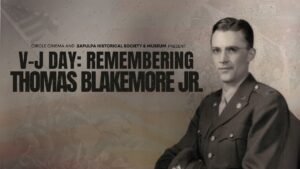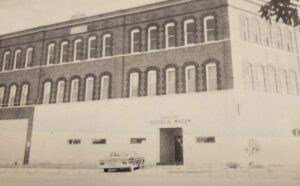Rachel Whitney, Curator,
Sapulpa Historical Museum
“The Taming of the Shrew is a comedy by William Shakespeare believed to have been written between 1590 and 1592.” Just over 330 years later, a film adaptation would be introduced to the world. The 1929 film starred Mary Pickford and Douglas Fairbanks.
Some of the most famous Shakespeare plays such as Romeo & Juliet, Hamlet, Macbeth, and Julius Caesar did not receive the honor that Taming of the Shrew gained. “Taming of the Shrews (1929) was the first sound film adaptation of the Shakespearean play of the same name. The first sound version of the play on film, this was planned as a sound film from the start.”
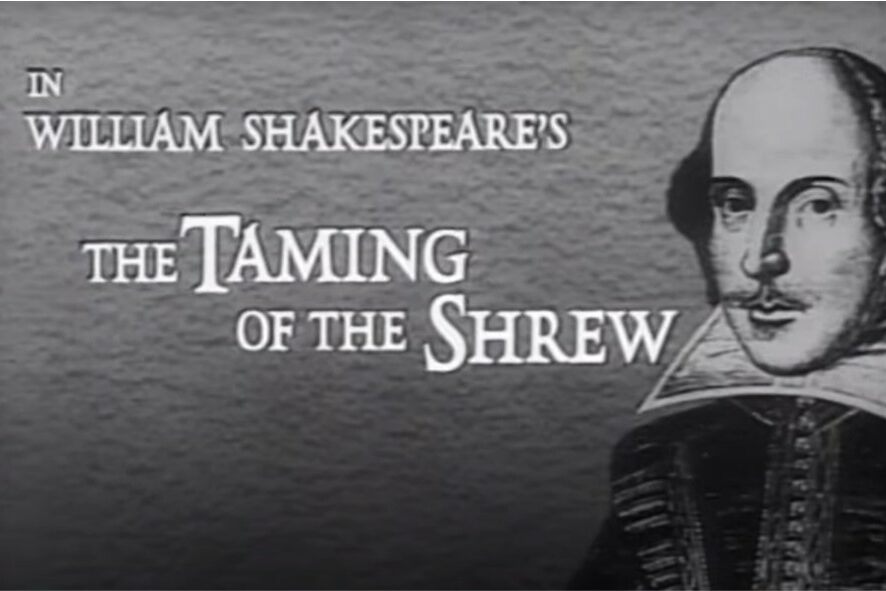
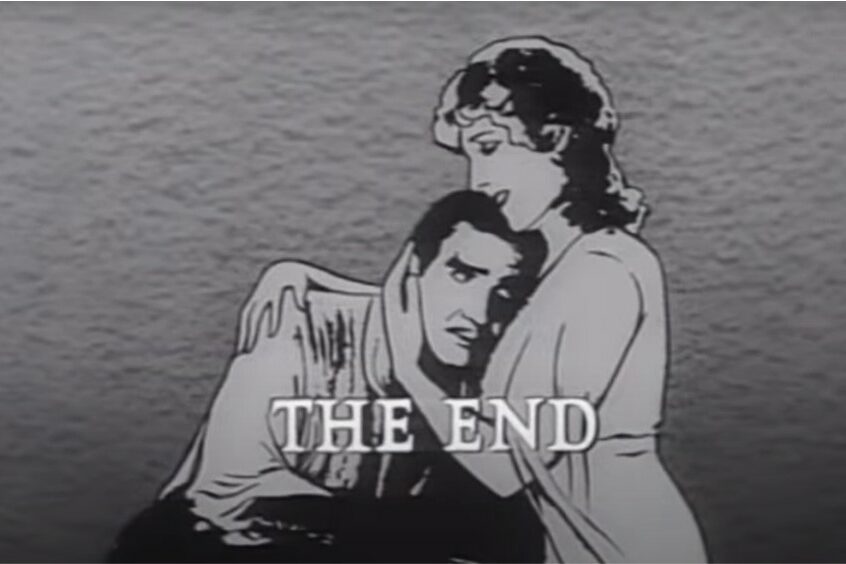
“Taming of the Shrew has never received the recognition it deserves as the first talking film of a Shakespeare play. It was not only technically superior to the majority of talking pictures in 1929, but would unquestionably be the finest translation onto film of Shakespeare for some time to come.”
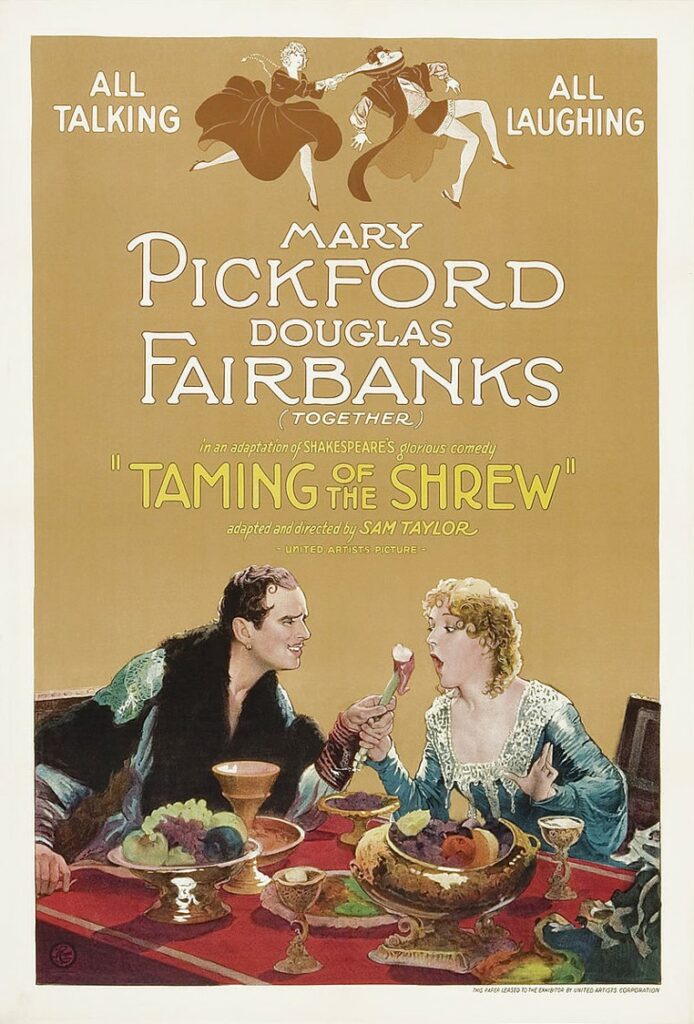
The film was released on October 26, 1929 and had a running time of just over an hour.
This week in Sapulpa history, the film arrived in Sapulpa for audiences to witness the first-of-its-kind William Shakespeare film.
The first of February, the Empress Theater introduced the sound system to the Sapulpa people. “Today marked the opening of a new era for the Empress Theater, with the completion of the installation of the new Western Electric Sound System at an approximate cost of $6,000.”
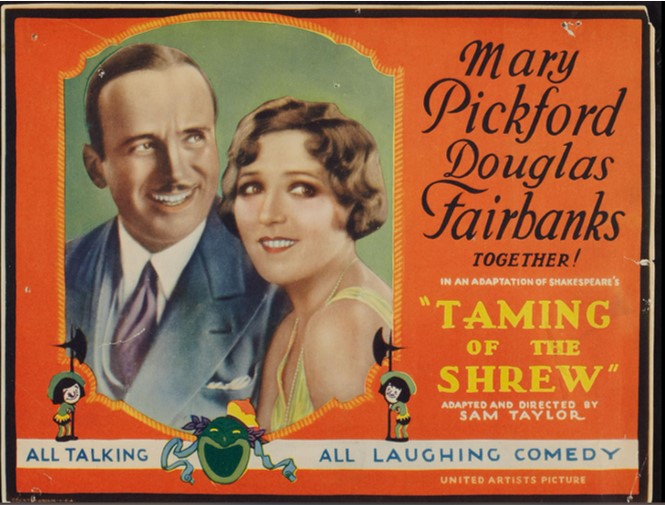
In 1930, the $6,000 would be roughly $110,000 in today’s value.
“The Empress will now offer its patrons not only the foremost pictures of the year, but the best production available. Even the largest theaters have no finer equipment than is now used at this theater.
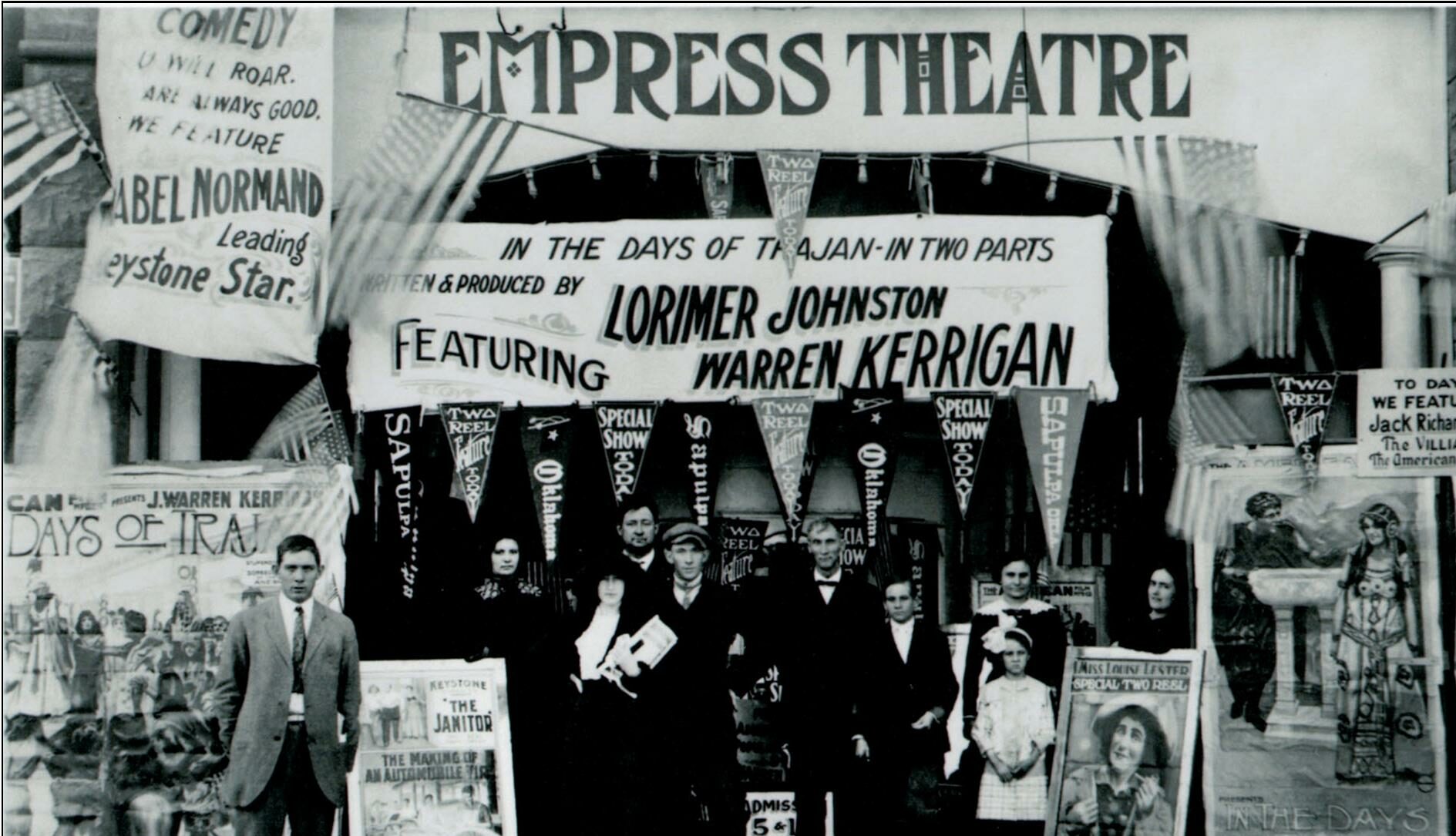
“A.A. Moulder, theater manager, is gratified with the result of the work that has been done at the Empress Show House this week. Western Electric equipment is truly the voice of action.”
“A sound film is a motion picture with synchronized sound, or sound technologically coupled to image, as opposed to a silent film. The first known public exhibition of projected sound films took place in Paris in 1900. Reliable synchronization was difficult to achieve with the early sound-on-disc systems,” for synching film reel and a recorded sound on different machines were deemed near impossible to be correctly synched.
“At first, the sound films, which included synchronized dialogue, known as ‘talking pictures,’ or ‘talkies,’ were exclusively shorts. The first feature film originally presented as a talk, although it had only limited sound sequences, was The Jazz Singer,” which came out in 1927.
Back then, if a Sapulpan wished to witness The Jazz Singer audiences went to Tulsa theaters, such at the Majestic Theater, in February 1928.
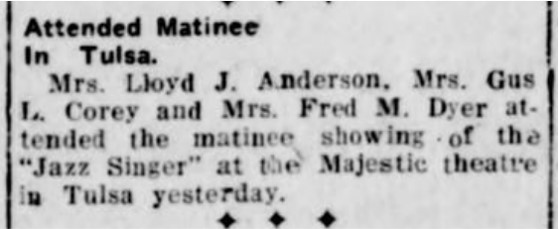
The Empress Theater, at 14-16 South Main, installed the Western Electric sound system. “In 1929, Western Electric entered as a market competitor for early cinema sound systems. It created the Western Electric Universal Base, a device by which early silent cinema projectors could be adapted to screen sound films. Western Electric designed a wide-audio-range horn loudspeaker for cinemas.”
Edward Craft had been employed at the Western Electric Company for nearly thirty years. “From 1902 until 1929, he worked at the company. In the 1920s, he made the decision for the company to work on sound systems for the moving picture industry. He held 70 patents in electrical communication.” His system came to Sapulpa.
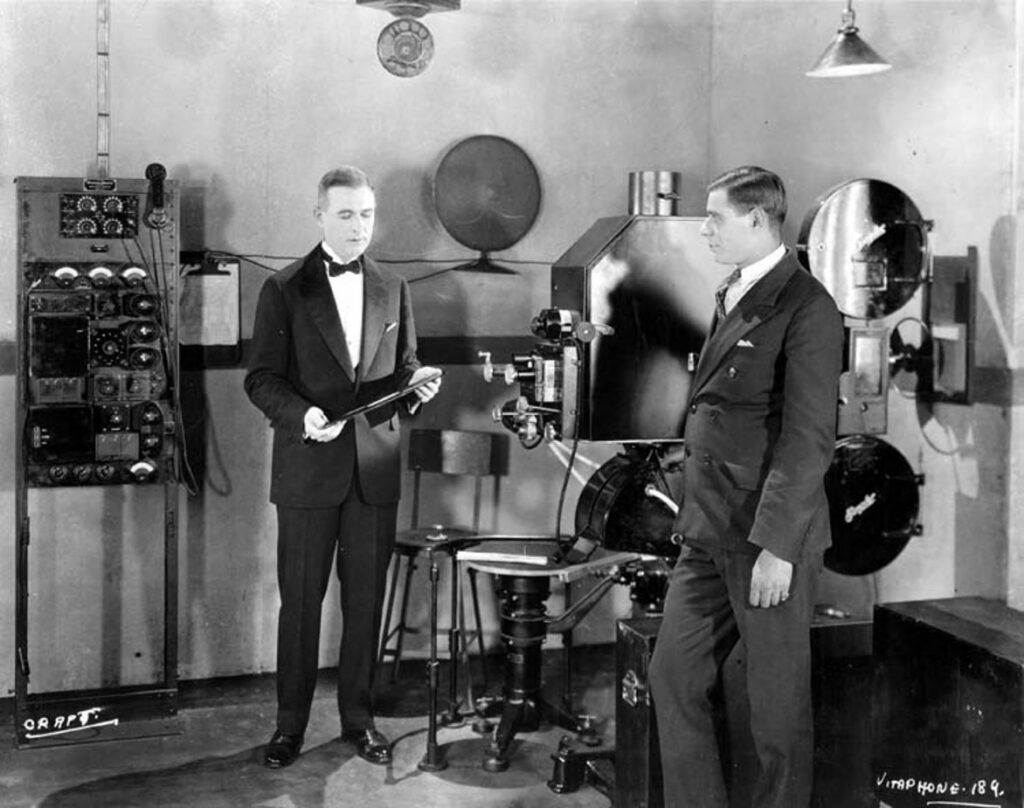
This week in Sapulpa history, Sunday, February 2 through Tuesday, February 4, 1930, the Empress Theater aired Taming of the Shrew. This would be the first time Sapulpan audiences had a showing for its first talkie in town.
“The Talkies are here!”
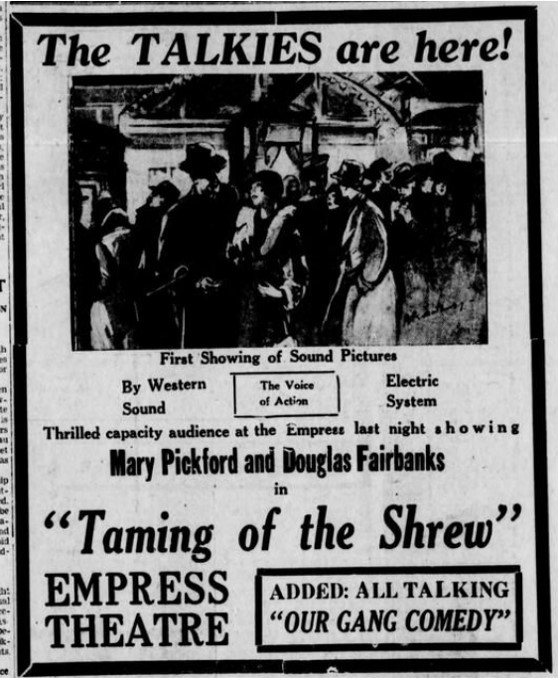


(Sapulpa Herald, February 14, 1928, January 31, 1930, February 1, 1930, February 3, 1930, February 4, 1930; Tulsa Tribune, February 4, 1928; Wikipedia, IMDb, Wiki)



